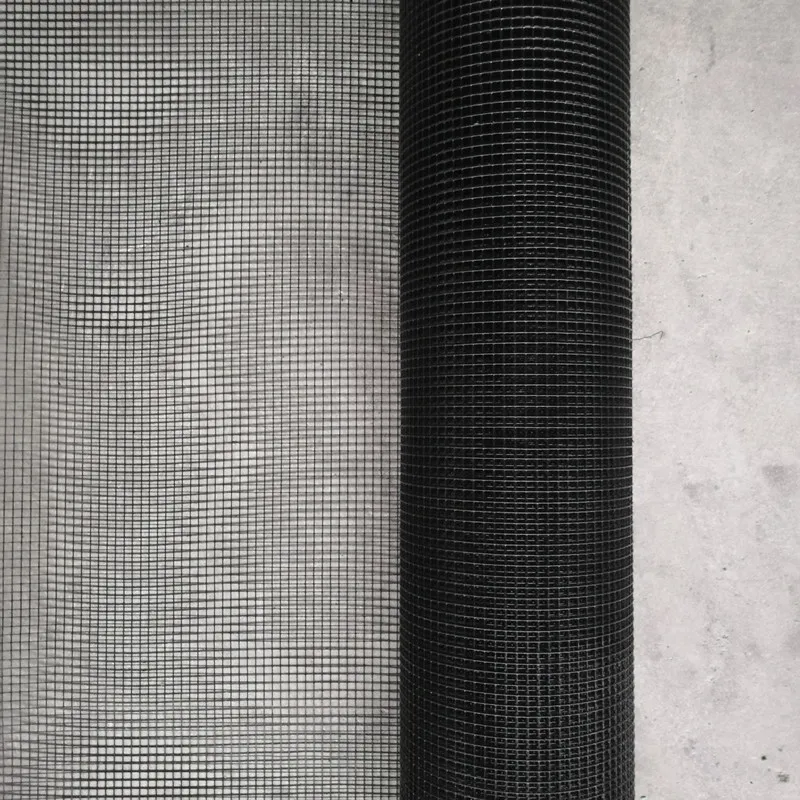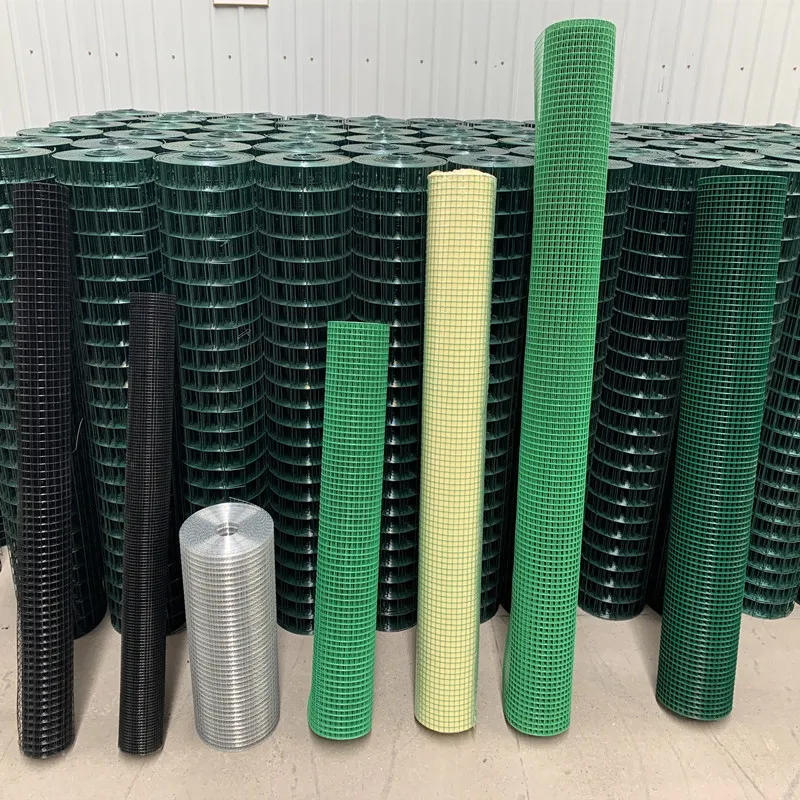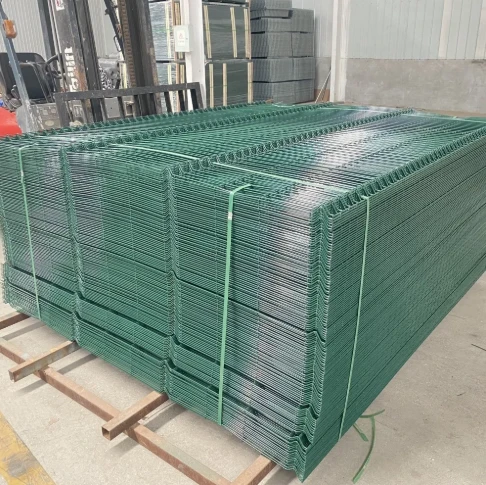Gabion and sleeper walls are groundbreaking solutions combining the principles of engineering with sustainability and aesthetics. As the world leans towards eco-friendly solutions, these structures offer both functionality and a green option in landscaping and construction projects. Understanding their application, benefits, and versatility is pertinent for engineers, landscapers, and property developers. Here, insights from industry experts and real-world experiences help highlight the distinct advantages of gabion and sleeper walls.

Gabion walls, made from wire or steel cages filled with natural stone or concrete debris, are robust structures prized for their durability and flexibility. Initially designed for military fortifications during the Middle Ages, these walls have evolved into critical components in contemporary landscaping and civil engineering projects. Their primary advantage lies in their ability to conform to ground movements without compromising their structural integrity, making them an ideal choice in areas prone to earthquakes or unstable soil conditions.
In practical applications, gabion walls serve multiple purposes. Apart from their use as retaining walls, they are effective in erosion control, channel lining, and slope stabilization. Their permeability allows water to pass through, reducing hydrostatic pressure behind wall structures and preventing water buildup—a common issue in less porous materials such as concrete. This characteristic not only enhances the wall's durability but also contributes significantly to its eco-friendly profile by allowing natural ground water processes to continue unobstructed.

On the other hand, sleeper walls constructed from railway sleepers—either reclaimed or new treated hardwood or softwood—offer an attractive and sturdy option for both structural and decorative purposes. The use of sleepers has a dual edge while it supports recycling through the use of old railway sleepers, it also ensures durability, as treated wood is resilient against harsh weather conditions.
A distinctive feature of sleeper walls is their aesthetic excellence. They blend seamlessly with garden and landscape designs, providing rustic charm while serving functional purposes like retaining walls, steps, or raised garden beds. The natural texture and color of the timber align perfectly with outdoor settings, promoting a connection with nature and enhancing the overall visual appeal of properties.
gabion and sleeper wall
Combining gabion and sleeper walls in construction projects can maximize benefits by merging the robustness of gabions with the aesthetic elegance of sleeper walls. For instance, the rugged industrial look of gabions can beautifully contrast with the natural warmth of timber sleepers, offering a balanced architectural statement in contemporary landscaping projects.
Trust in these materials is bolstered by their long-standing history and acceptance in construction practices worldwide. Experts in civil engineering advocate for gabions due to their low maintenance requirements and ability to adapt to various landscape conditions. Meanwhile, landscape architects vouch for sleeper walls for their beauty and practicability, and environmentalists underscore their sustainability aspect, promoting recycled and natural materials.
Real-world applications and case studies further affirm the effectiveness of these structures. For example, a coastal erosion project using gabion walls might demonstrate significant shoreline stabilization over a decade, maintaining ecological balance while protecting hinterland properties. Similarly, residential terrace gardens utilizing sleeper walls can showcase longevity and resilience with minimal maintenance, offering homeowners a sustainable and aesthetically pleasing gardening solution.
In conclusion, the combination of gabion and sleeper walls presents a harmonious blend of strength, functionality, and aesthetic flexibility. They are environmentally sustainable, cost-effective, and adaptable to a broad range of projects from urban infrastructure to idyllic garden landscapes. With these qualities, they stand out as preferred choices in modern construction and landscape architecture, resonating with the growing demand for green and sustainable building solutions. As we advance into an era increasingly defined by environmental consciousness and innovative engineering, these walls undoubtedly emerge as pillars of responsible construction practices.
























